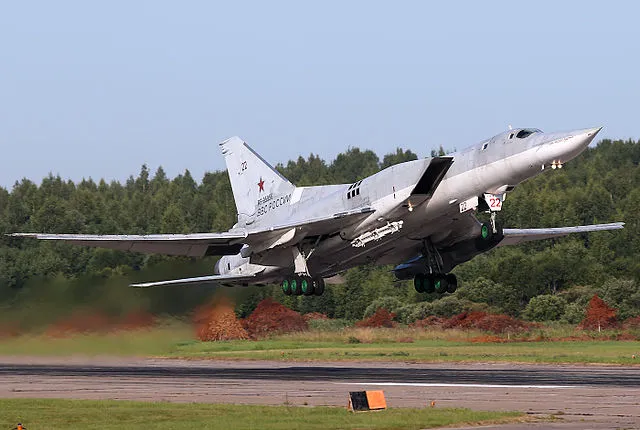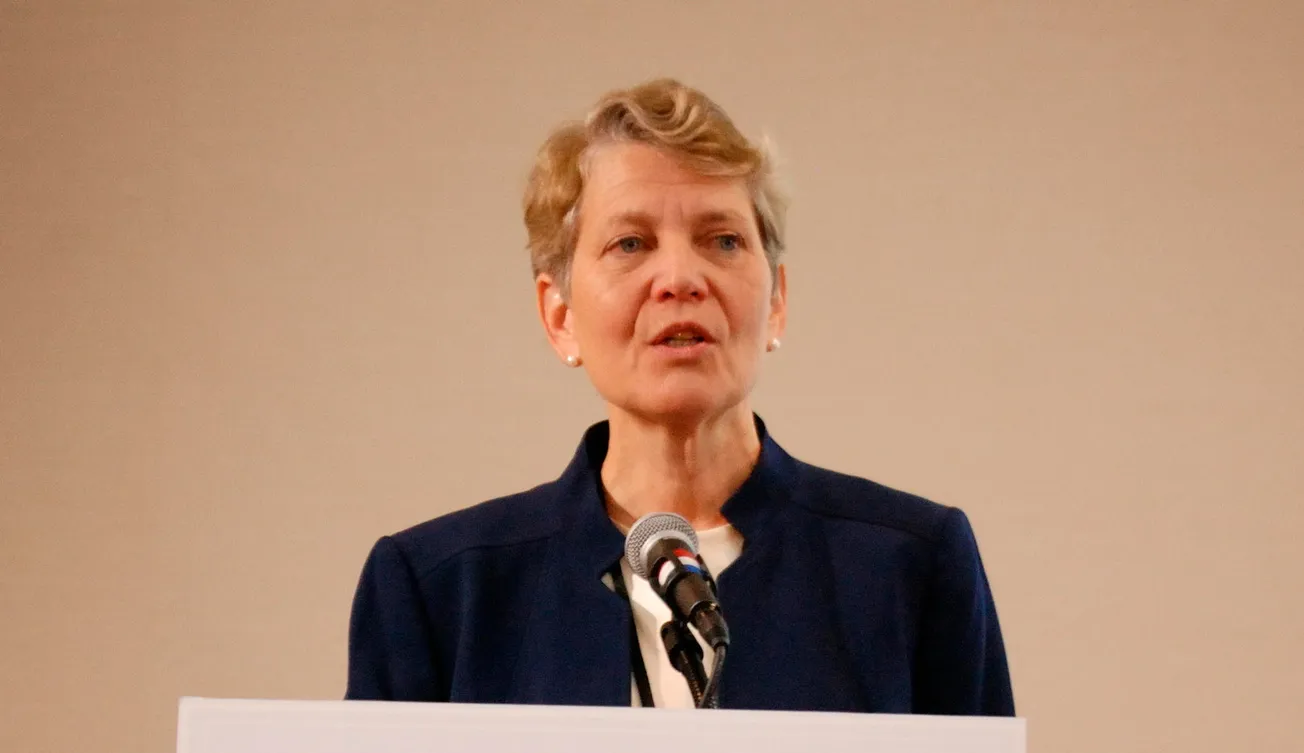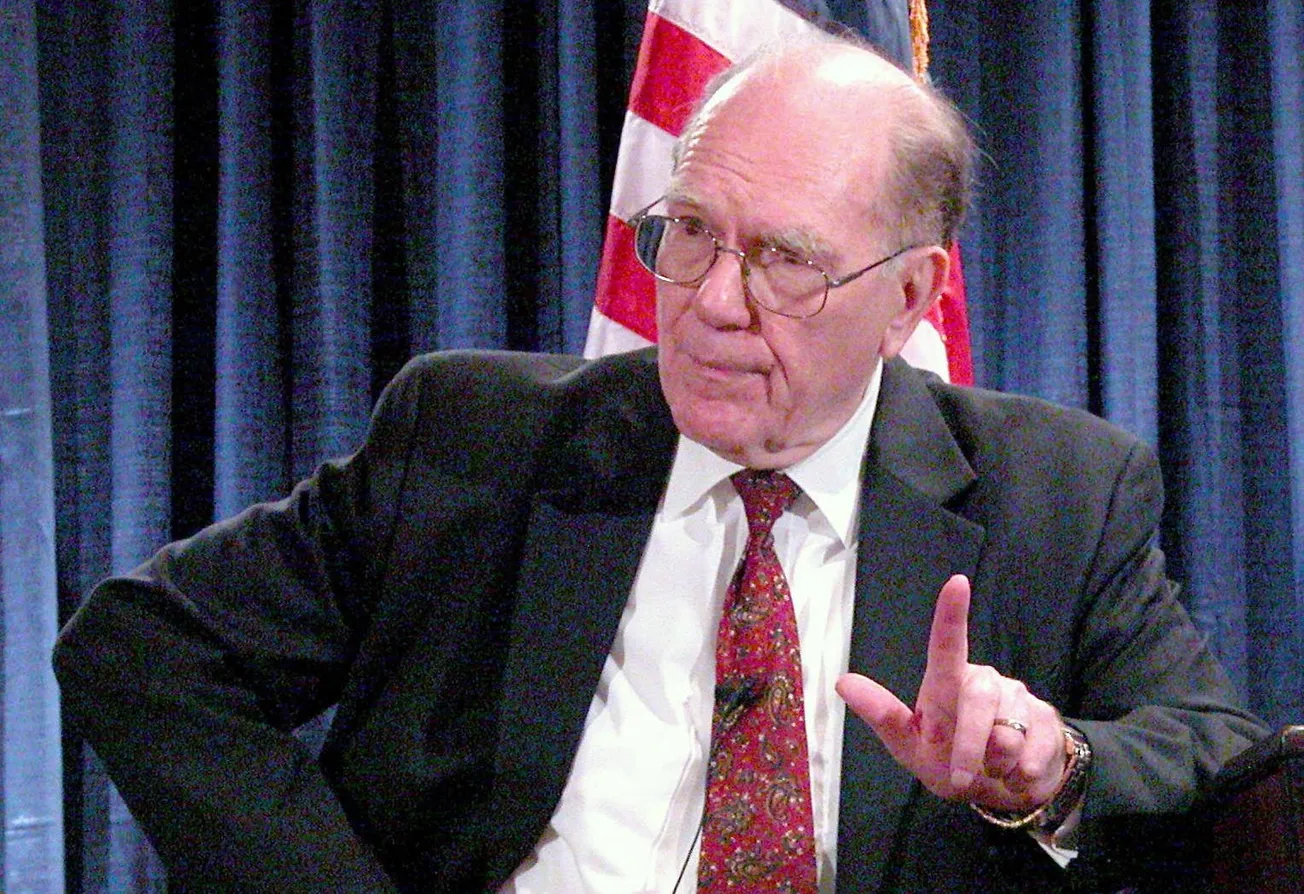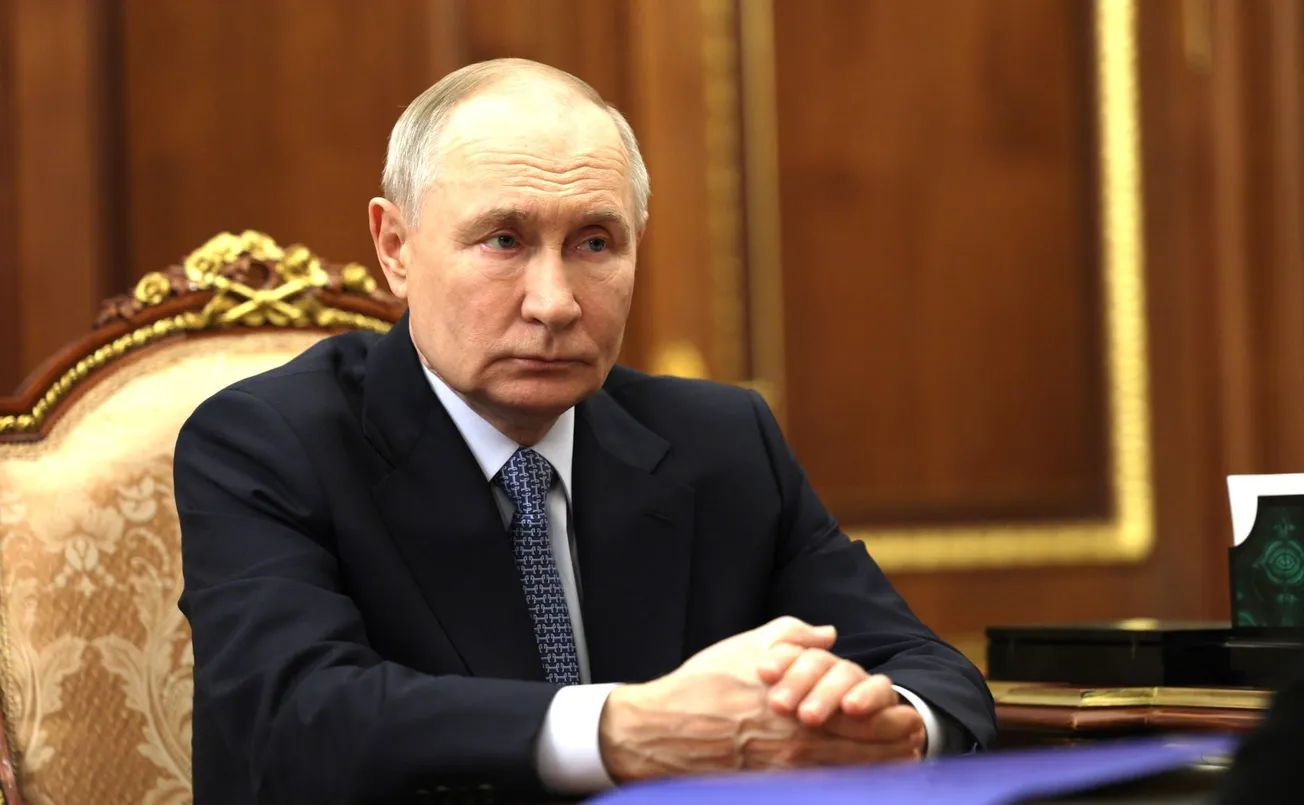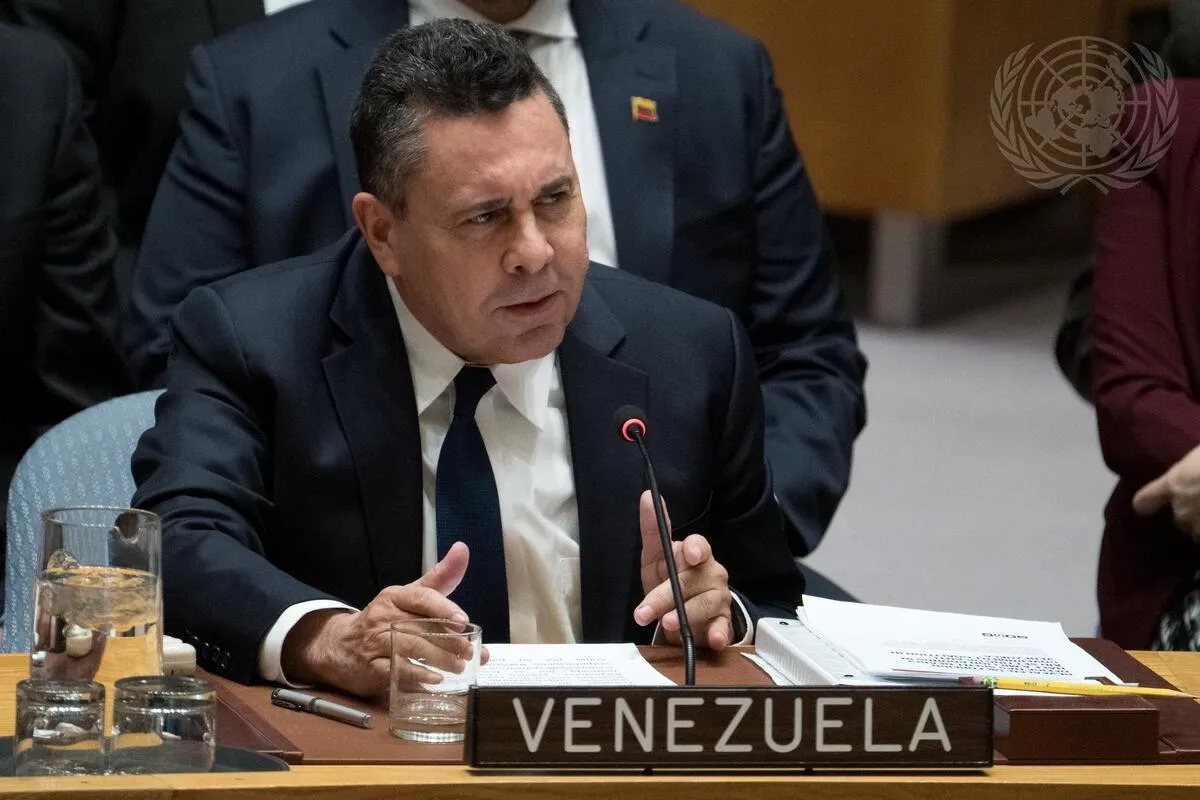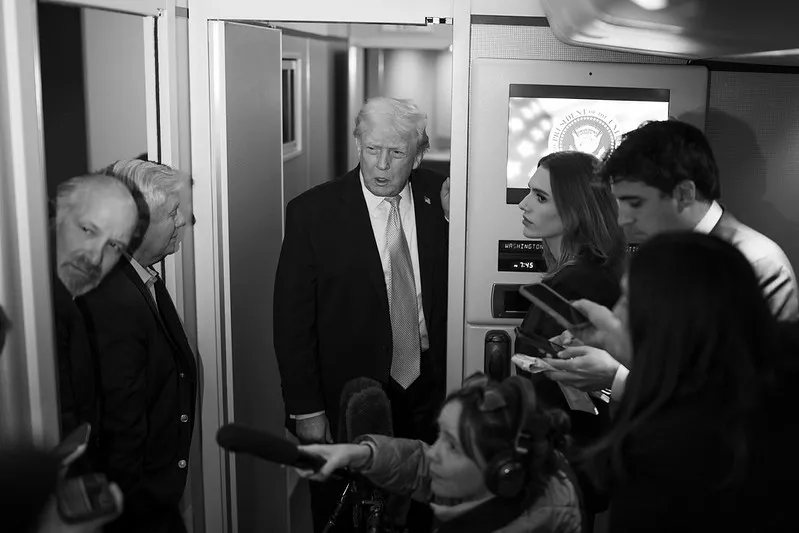On Wednesday Sept. 25, Russian President Vladimir Putin announced proposed revisions of Russia’s standing doctrine for the use of nuclear weapons, which significantly lower the threshold for their use—at exactly the moment that new military action by the United States and NATO, acting through Ukraine, is about to cross that threshold. Unless Washington’s policy of seeking the strategic destruction of Russia is changed immediately, the world stands at the brink of global thermonuclear warfare.
“The use of nuclear forces is an extreme measure to protect the country’s sovereignty,” Putin began his 4-minute statement. “Today, the nuclear triad remains the most important guarantee to ensure the security of our state and citizens.… At the same time, we see that the modern military political situation is changing dynamically.” For that reason, Putin announced, Russia’s proposed new nuclear doctrine states that “aggression against Russia by any non-nuclear state, but with a participation or support of a nuclear state, should be considered a joint attack on the Russian Federation.”
And he further announced that “we reserve the right to use nuclear weapons in the event of aggression against Russia and Belarus, as a member of the Union State.… This includes cases where the enemy, using conventional weapons, creates a critical threat to our sovereignty.”
Putin he additionally stated that Russia will “consider such a possibility [of using nuclear weapons] as soon as reliable information is obtained about the mass launch of an aerospace attack and the crossing of our state borders. This includes strategic or tactical aircraft, cruise missiles, drones, hypersonic and other airborne vehicles.”
Putin made his announcement at a semi-annual meeting of the Permanent Conference of the Russian Security Council on Nuclear Deterrence, which was broadcast live. It was timed to occur 24 hours prior to the scheduled Sept. 26 meeting of President Joe Biden and Ukraine’s Volodymyr Zelenskyy. That meeting will focus on whether or not Washington will finally give the green light for launching NATO’s sophisticated-guidance, long-range missiles (such as Britain’s Storm Shadow cruise missiles) against Russia from the territory of Ukraine.
As former UN weapons inspector and U.S. Marines intelligence officer Scott Ritter made clear at last week’s meeting of the International Peace Coalition: “So, when a Storm Shadow is fired against a target inside Russia, it is literally being targeted by NATO. NATO is approving the target, and facilitating the use of this weapons system against the target” through sophisticated guidance systems which use real-time encrypted GPS signals from U.S. and other NATO satellites.
Launching such weapons would now clearly fall within Russia’s guidelines for permitted nuclear response. That decision, if it is made, will very likely mean the outbreak of direct warfare between the United States-NATO and Russia—a war that would have a high probability of quickly going nuclear.
Will Biden—or more accurately, Collective Biden—sign off on the demented plan, which originates in London? Numerous Western media, such as The Hill and MSN, wrote today that “reports suggest Biden is on the verge of allowing Ukraine to launch the long-range weapons.” The Financial Times quoted comments by Biden himself on Wednesday, Sept. 25, which they construed to mean he is leaning towards approval: “I am determined to ensure that Ukraine has what it needs to prevail in its fight for its survival,” adding that on Thursday he would announce “a series of actions to accelerate support for Ukraine’s military.”
Two weeks ago, on Sept. 12, Putin had issued a similar, if more limited, warning that approval for Storm Shadows would mean that NATO was at war with Russia. He did that on the eve of a Sept. 13 White House meeting between Biden and British Prime Minister Keir Starmer, who was gunning to get U.S. approval, then and there, for using those missiles. Putin’s warning apparently registered with saner circles in Washington (some reports say that includes the Pentagon and retired military and intelligence professionals), who hit the pause button, even though they didn’t reverse the policy.
Will they do so again? Americans and Europeans have to make their voices heard ASAP. And the rest of the world, gathered at the UN General Assembly now underway in New York City, and aghast at the wars sweeping the planet, must weigh in forcibly to demand a negotiated solution to the Ukraine crisis—and the Israel-Palestine war as well—based on achieving peace through common development.
There are proposals on the table to do just that. China and Brazil have called a meeting at the UN on Friday, Sept. 27, inviting 20 leading nations to discuss their peace plan for a negotiated solution to the Ukraine war. Speaker after speaker at the UNGA are echoing the demand voiced earlier this week by Venezuela’s Foreign Minister Yván Gil: “There will be no future without peace, and there will be no peace without sustainable development.” And the growing BRICS association is deliberating on policies to replace the bankrupt, speculative financial system with a new economic architecture, proposals which will be taken up at their summit in Kazan, Russia on Oct. 22-24.
As Schiller Institute founder Helga Zepp-LaRouche insisted today: “It would be so easy for the West to plug in, as equals, to what China and the BRICS are doing to make the world a better place.”
The 69th weekly meeting of the International Peace Coalition will be held on Friday, Sept. 27 at 11 a.m. ET. Register here.


